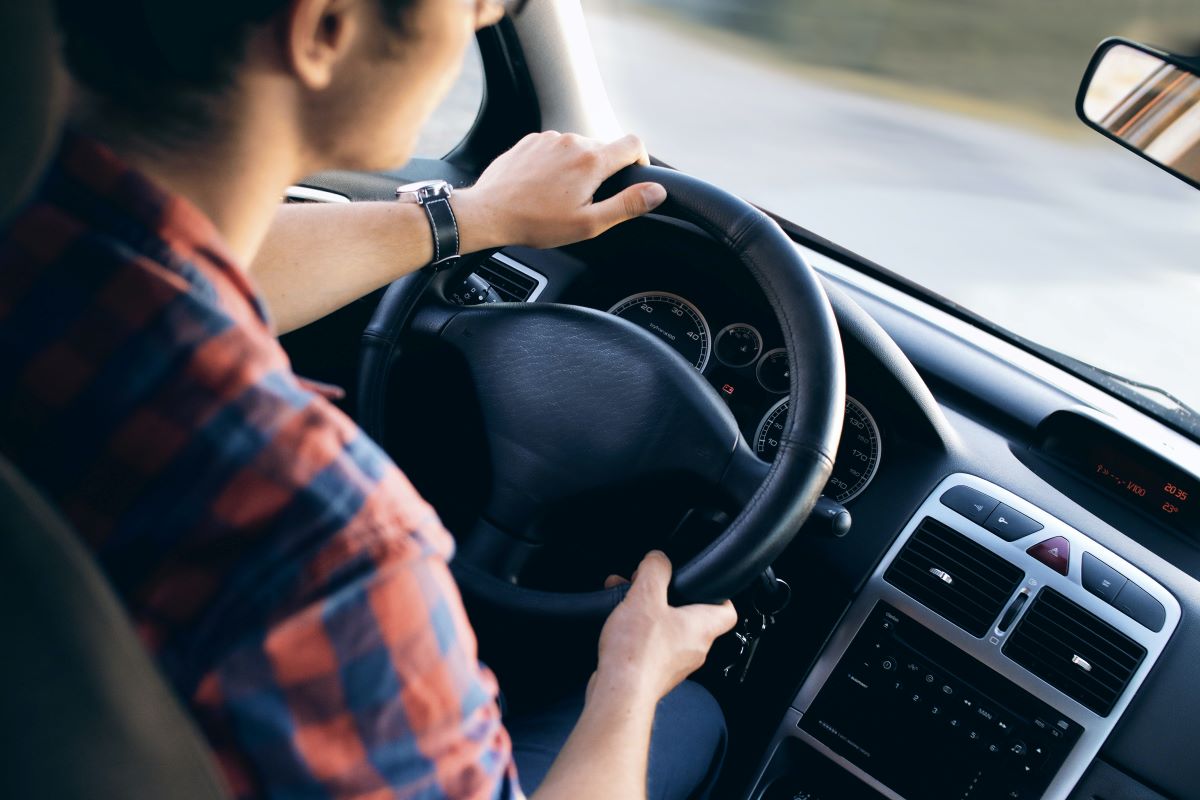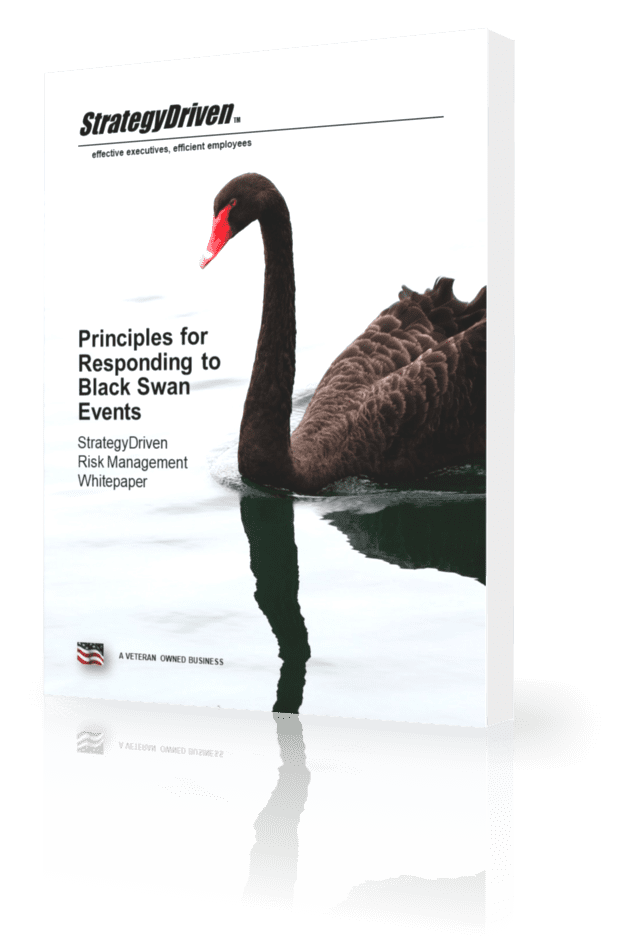18 Ways To Practice Safe Driving While Going On Business Trips

Here Are Some Ways To Practice Safe Driving While Going On Business Trips:
1. Wear your seat belt:
Wearing a seatbelt is the most basic precaution you can take for safe driving; not only does it protect you in the event of an accident, but it also serves as a reminder to stay alert behind the wheel. Every time you get in the car, make sure everyone’s buckled up before taking off.
2. Leave enough room between cars:
It is important to leave several car lengths between you and the vehicle in front of you so that there is plenty of distance in case something unexpected happens on the road. This also allows other drivers more time to react if they need to change lanes or make a sudden stop.
3. Watch out for animals:
Animals have no concept of traffic rules, so it is important to be extra vigilant when driving in areas where deer or other wildlife may be present. Scanning the side of the road for potential hazards is key to avoiding a tragic accident.
4. Be courteous:
Giving fellow drivers the right of way or simply putting on your hazard lights when someone else needs to merge into traffic are small gestures that go a long way toward helping everyone get where they need to go safely. Showing courtesy to other motorists is one of the most important yet overlooked aspects of safe driving.
5. Check your car regularly:
Your vehicle is only as safe as its condition, so make sure to check fluid levels and inspect tires frequently. Taking the time to address potential problems before they become more serious can help ensure you have a safe ride wherever you’re headed.
6. Exercise caution in construction zones:
Construction zones often come with confusing signs and narrow lanes, so take extra caution when driving through these areas. Be patient, drive slowly, and pay close attention to workers and equipment that may be present.
7. Be aware of weather conditions:
Wind, rain, and snow can all make roads more hazardous, so pay attention to reports before you set out on a long journey and take extra precautions if necessary.
8. Check your mirrors often:
Mirrors are essential for safe driving, as they give you a better view of what’s happening around you. Make sure to check all three mirrors regularly while driving to keep an eye out for fellow motorists and pedestrians.
9. Avoid distractions:
Distracted driving is much more common in today’s heavily connected society, but it places everyone around you at serious risk. Keep your phone tucked away while driving and limit conversations with passengers if they distract you from focusing on the road.
10. Don’t drive when tired or impaired by alcohol or drugs:
Operating a vehicle while exhausted or under the influence can significantly impair your ability to make good decisions behind the wheel and increase your risk of being involved in an accident and an ars extreme dui. Instead, if you’re feeling drowsy or impaired, find another way to get where you need to go.
11. Drive defensively at all times:
Defensive driving involves actively looking out for potential hazards on the road and anticipating other drivers’ actions. It’s an important skill to have when on the roads, as it can help you react quickly and appropriately if something unexpected happens.
12. Don’t use your phone while driving:
It can be tempting to stay connected while you’re on the go but using a phone while driving can be incredibly distracting and increase your risk of being in an accident.
13. Give yourself plenty of time to get to where you need to go:
Rushing around from place to place can lead to reckless driving, so plan your route ahead of time and give yourself extra time if needed. This will help you stay relaxed and focused, ensuring that you make it safely to your destination.
14. Follow speed limits:
The speed limit is there for a reason: it’s designed to protect everyone on the road from harm. Obeying posted speed limits is essential for safe driving and can help keep both you and those around you safe from dangerous crashes.
15. Be prepared for emergencies:
You never know when an emergency situation may arise on the road, so it is always best to be prepared. Keep an emergency kit in your car with a flashlight, first-aid supplies, water, and other necessities that could come in handy in the event of a breakdown or accident. Additionally, it’s important to have roadside assistance programmed into your phone just in case you need help when stuck on the side of the road.
16. Share the road with cyclists:
Remember to give cyclists their space on the road, as they’re entitled to their own lane just like any other vehicle. Also, make sure you always check your mirrors for nearby cyclists before making a turn or changing lanes.
17. Stay calm in traffic:
Road rage and aggressive driving put everyone at risk and can lead to dangerous situations. If you find yourself getting angry while behind the wheel, take deep breaths and focus on slowing down until you reach your destination safely.
18. Keep up with vehicle maintenance:
Keeping up with regular maintenance will help ensure that your car is in top condition and running smoothly. Make sure to check oil levels, tire pressure, brakes, headlights, and other important components regularly for optimal safety when you’re behind the wheel.
Finally
By following these tips for safe driving, you can help ensure that everyone gets where they’re going safely and without incident. Always be aware of the conditions around you and practice defensive driving techniques whenever possible — this will help keep yourself and other drivers on the roads safe. Drive carefully and stay alert!












Leave a Reply
Want to join the discussion?Feel free to contribute!